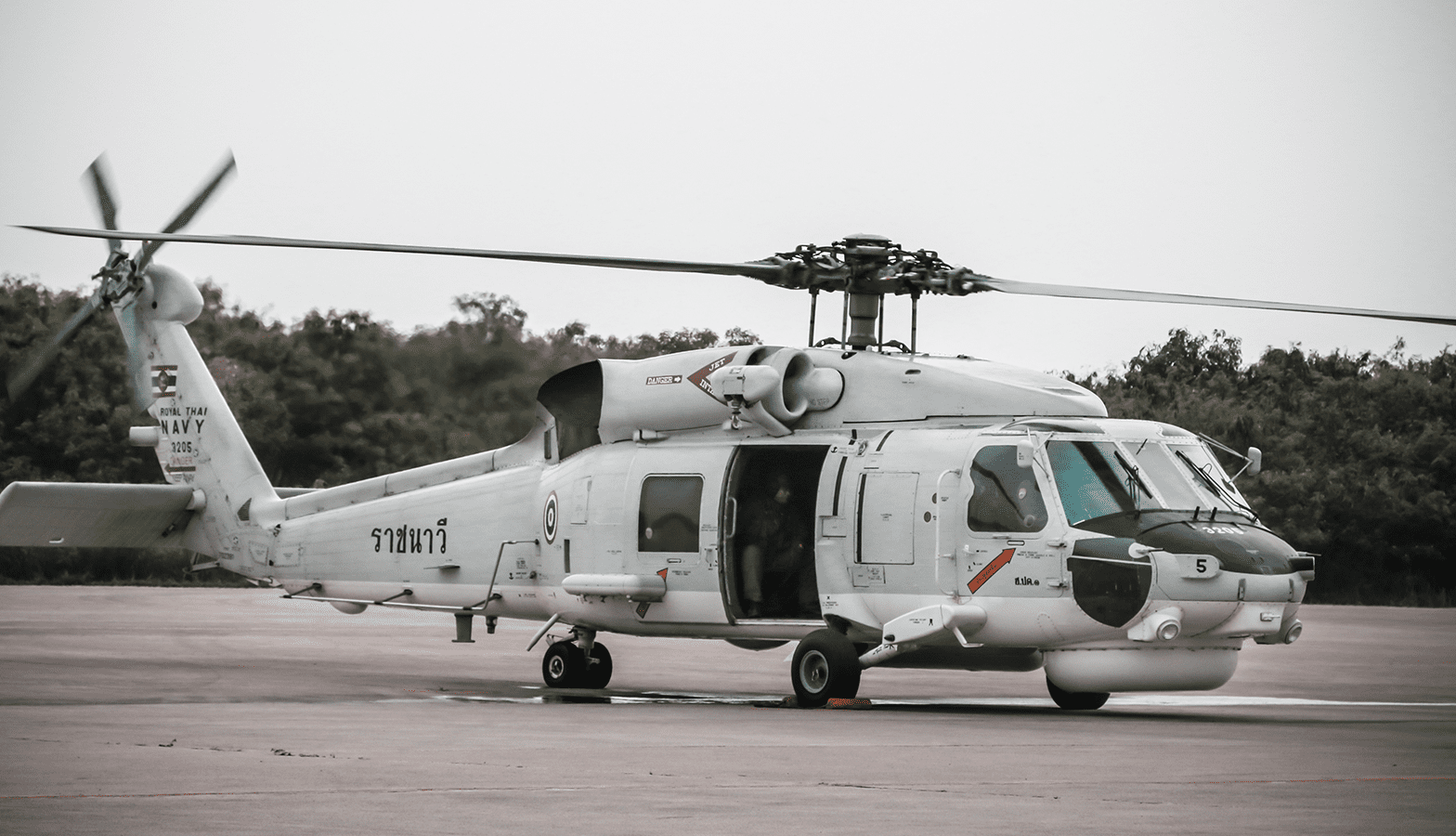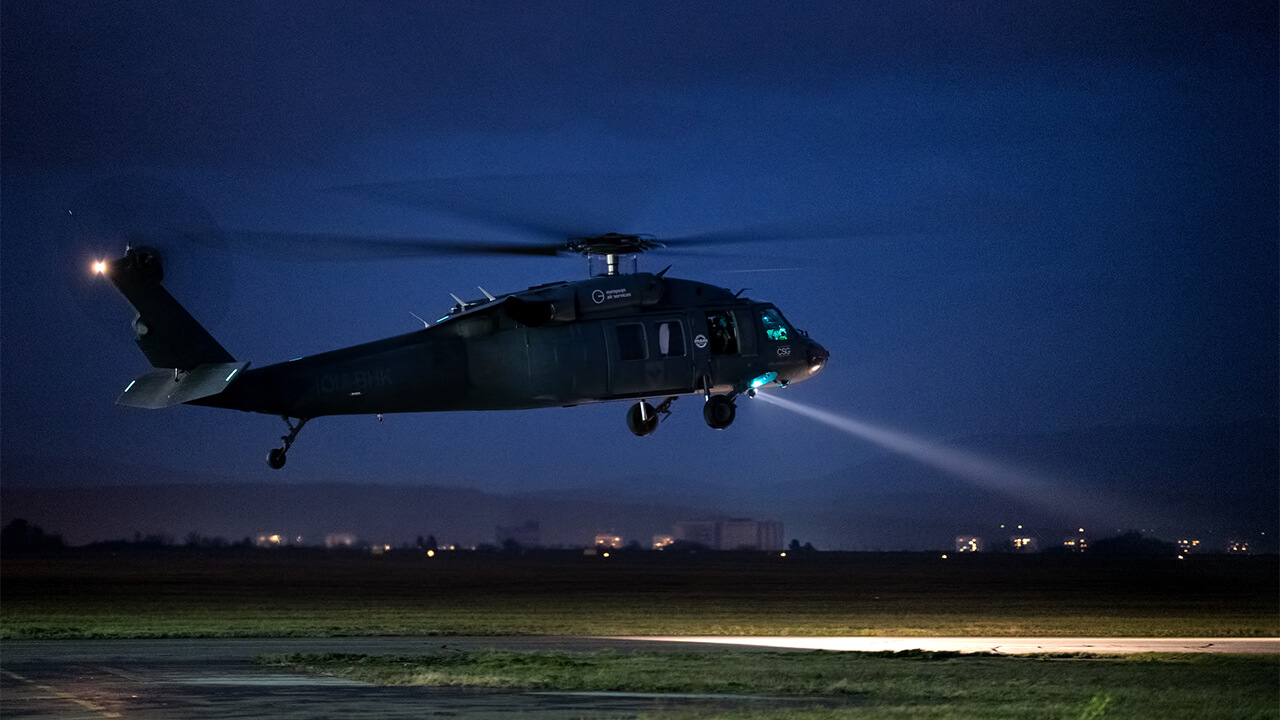The UH 60’s Enduring Legacy in Military Aviation and Its Global Impact
The UH 60’s Enduring Legacy in Military Aviation and Its Global Impact
Blog Article
Discovering the Background and Advancement of the UH 60 Helicopter

Beginnings of the UH-60
The origins of the UH-60 helicopter can be mapped back to the late 1960s, a period marked by the demand for a functional energy aircraft that might adapt to the advancing needs of modern-day warfare. The U.S. Military recognized the requirement for a substitute for the older UH-1 Iroquois, which was becoming significantly poor for the complexities of contemporary combat situations. In 1967, the Military initiated the Energy Tactical Transportation Airplane System (UTTAS) program, which looked for to create a multi-role helicopter efficient in numerous missions, including army transportation, medical emptying, and logistical support.
The layout competition drew in several aerospace makers, but it was Sikorsky Airplane Firm that inevitably secured the contract in 1972. The UH-60 Black Hawk was presented, showcasing ingenious design elements and progressed modern technology that established it besides its precursors. Its maiden flight took place in 1974, and the aircraft was formally adopted by the Military in 1979. The UH-60 promptly got acknowledgment for its robust efficiency, reliability, and flexibility, paving the way for its extensive usage in army operations and solidifying its condition as a keystone of united state Military air travel.
Trick Design Features
Innovative design functions of the UH-60 Black Hawk substantially add to its operational effectiveness. One of one of the most significant elements is its twin-engine configuration, which improves dependability and gives a greater power-to-weight ratio, allowing the helicopter to execute under numerous conditions. The aircraft's four-blade main rotor system offers enhanced lift and ability to move, essential for tactical objectives.

Furthermore, the cabin is created for optimal visibility and comfort designs, including innovative avionics that simplify pilot operations. The modular layout of the UH-60 permits very easy upkeep and flexibility, making it appropriate for different goal profiles, from army transport to medevac operations. These key layout features make certain that the UH-60 Black Hawk continues to be a dependable and versatile possession in military aviation, efficient in meeting the needs of contemporary warfare.
Technical Advancements
Current technical developments in the UH-60 Black Hawk have actually considerably improved its functional capacities and adaptability. The integration of advanced avionics, such as electronic flight control systems and boosted situational recognition displays, allows pilots to run with raised precision and performance. These systems promote enhanced navigation, communication, and data sharing, enabling the helicopter to function properly in varied atmospheres.
Furthermore, the intro of composite products has lowered the total weight of the aircraft while keeping structural integrity. This decrease enhances gas performance and prolongs operational variety. The unification of sophisticated rotor innovation, consisting of using four-blade, totally verbalized blades systems, has enhanced lift efficiency and maneuverability, allowing for much better handling in numerous flight conditions.

Moreover, innovations in propulsion systems, such as the T700-GE-701D engines, have raised power output and dependability - uh 60. These engines contribute to premium efficiency in hot-weather and high-altitude conditions
Last but not least, the combination of self-defense systems and enhanced sensing unit bundles boosts the Black Hawk's survivability and objective performance. Collectively, these technical renovations guarantee that the UH-60 Black Hawk continues to be an essential property in modern-day aviation, efficient in adjusting to the evolving needs of humanitarian and army missions.
Role in Armed Force Workflow
As the backbone of U.S. Army aviation, the UH-60 helicopter plays a critical duty in various armed forces operations, acting as a functional platform for battle assistance, transport, and medevac objectives - uh 60. Its layout includes the capability to operate in diverse environments, making it important for troop activity and logistical support in both conventional and unusual warfare

In clinical discharge scenarios, the UH-60 has actually shown invaluable, considerably reducing the time to move injured soldiers from the combat zone to clinical centers. Its sophisticated avionics and night vision capacities better make certain mission success under difficult problems. On the whole, the UH-60 helicopter remains a vital property, constantly adjusting to meet the progressing needs of army operations and improving the efficiency of U.S. forces worldwide.
Future of the UH-60
Looking in advance, the future of the UH-60 find out here now helicopter involves substantial advancements in innovation and abilities created to improve its operational effectiveness. As armed forces operations progress, the UH-60 is anticipated to include sophisticated modern technologies, consisting of boosted avionics, enhanced weapons systems, and progressed communication devices. browse around here These enhancements will enable higher situational recognition and mission adaptability, ensuring that the UH-60 continues to be an essential asset on the battlefield.
One significant advancement is the combination of fly-by-wire systems, which will certainly boost trip control accuracy and minimize pilot workload. Initiatives to upgrade the airframe and engines aim to increase array, rate, and payload ability, therefore broadening the helicopter's operational range.
The future also holds pledge for boosted interoperability with unmanned aerial systems (UAS), allowing coordinated goals that leverage both manned and unmanned abilities. In addition, the unification of man-made knowledge and artificial intelligence could enhance flight characteristics and maintenance procedures, causing lowered functional costs.
Verdict
The UH-60 Black Hawk helicopter stands for a considerable success in armed forces air travel, developing from the united state Army's initial needs for a versatile utility aircraft. Its cutting-edge style features and constant technical advancements have actually guaranteed its importance in different army operations over the decades. As the needs of modern war modification, the future of the UH-60 will likely include more improvements and adjustments, strengthening its status as an essential possession for militaries worldwide.
The UH-60 Black Hawk helicopter stands for a considerable milestone in army air travel, emerging from the United state Military's mission for an extra flexible and trustworthy energy aircraft in look at here the late 20th century.The origins of the UH-60 helicopter can be mapped back to the late 1960s, a duration noted by the need for a flexible energy airplane that can adapt to the progressing demands of modern war. Overall, the UH-60 helicopter stays an important property, continuously adapting to satisfy the developing demands of military procedures and boosting the efficiency of United state forces worldwide.
Looking ahead, the future of the UH-60 helicopter involves significant innovations in technology and capacities designed to improve its operational effectiveness.The UH-60 Black Hawk helicopter represents a significant achievement in military aeronautics, developing from the United state Army's preliminary requirements for a flexible utility airplane.
Report this page